Tracked History, Part 1: Streetcars & Buses
From freight to streetcars, many rail lines have run through the Everett Station District over the last 130 years. In a series of articles, I will provide an overview of the transit and railroad networks within Everett, emphasizing the the Everett Station Neighborhood. Today’s article will discuss Everett’s streetcar and interurban rail lines, and the transition to buses in Everett.
If you’re interested in digging deeper, soon you’ll be able to visit a new model train museum at Everett Station that will provide a unique narrative and experience about the history of rail in Everett.
1940 map from the Snohomish County First 100 Years GIS page
Passenger Rail Stations
The 1934-1975 maps on the Snohomish County First 100 Years GIS page show several passenger rail depots and stations over the years.
Great Northern Station at Bond St & Wall St. The station was a passenger terminal until 2002, when Amtrak moved the then recently opened Everett Station.
Interurban and Stage Depot at Colby Ave & Pacific Ave. This station was the northern terminus of the Seattle-Everett Interurban Rail Line. Reflecting the closure of the Interurban, the 1940 map shows the station name simply as the" “Stage Terminal,” for the motorized stage coaches that continued to stop there. The building still stands today.
Milwaukee Railroad Depot (also called C.M.ST.P) at McDougall Ave & 32nd St . The building still stands today.
Northern Pacific Passenger Depot at 32nd & Walnut St. This station was eliminated with the construction of I-5.
Horse-Drawn Carriage Transportation
The first public transit services were horse-drawn. The 1893 Sanborn Map shows that the Everett Transfer Company had a stable on Hewitt Ave between Fulton and Cedar Street (to the east of where DHM Industrial Electric, Inc. is today), and that the Pacific Transfer Company had a location on Pacific Ave between Maple and Walnut Streets (where I-5 is today).
Streetcars
Adapted from Historic Everett’s Railroads of Everett map
Streetcars are rail vehicles that travel on tracks on urban streets. Some streetcars share the street with pedestrians and others have their own right of way. Everett’s streetcars were electric, powered by overhead wires.
Streetcars rolled on Everett’s streets from 1893 to 1923, operated by the Everett Railway, Light, and Water Company. The company was named the Puget Sound Traction, Light, & Water Company in later years, and eventually became what is Snohomish PUD today. (This is a bit simplistic. If you would like to learn more about streetcars in Everett, read this HistoryLink Article by Lisa Labovitch.)
The Historic Everett’s Railroads of Everett map shows the several streetcar lines running through North Everett. Two streetcar routes went through the Everett Station District. The Hewitt streetcar line ran from the Snohomish River to Bond Street. The Broadway streetcar line took many workers to the smelter in the Delta neighborhood and factories in the Lowell neighborhood.
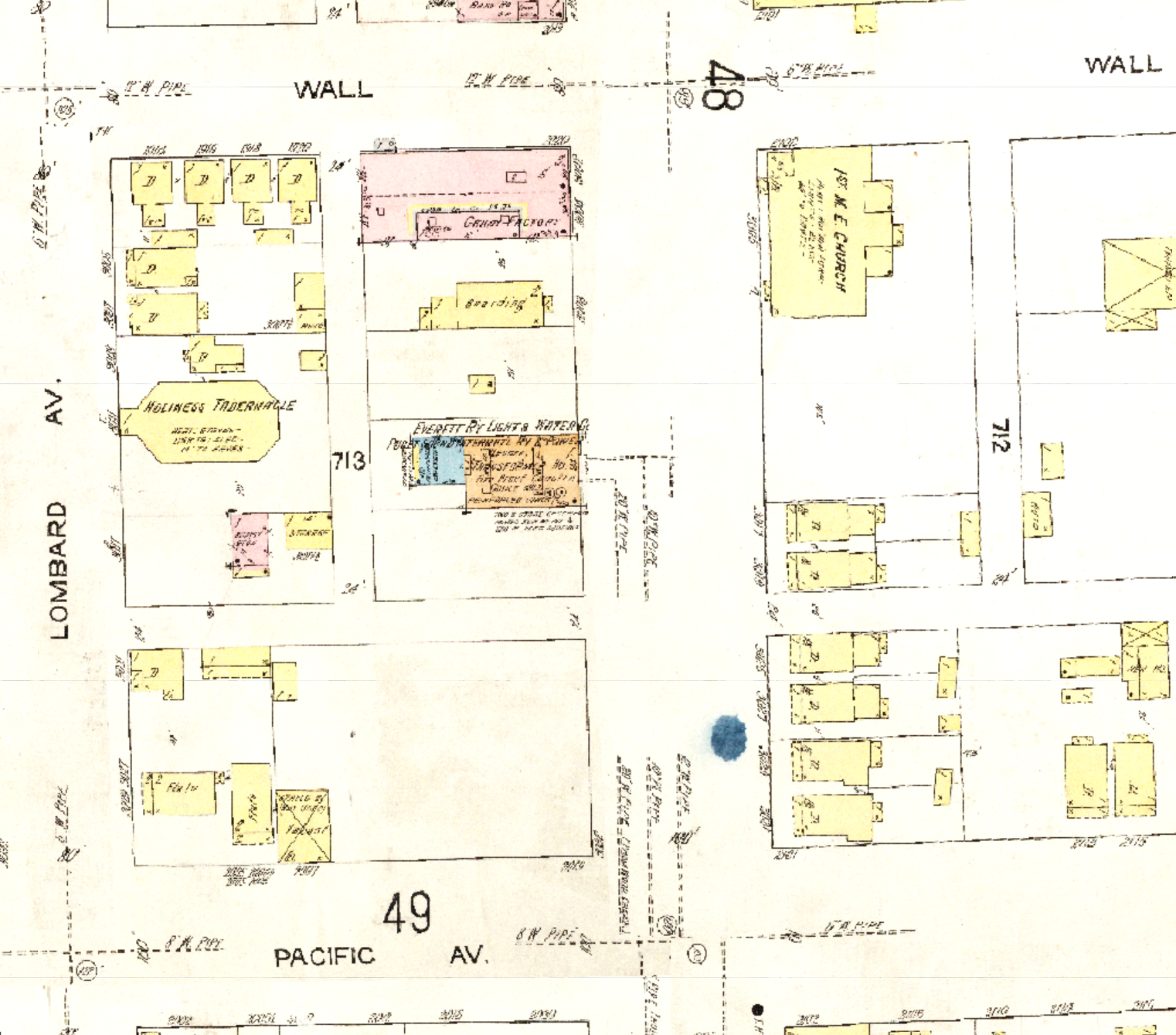
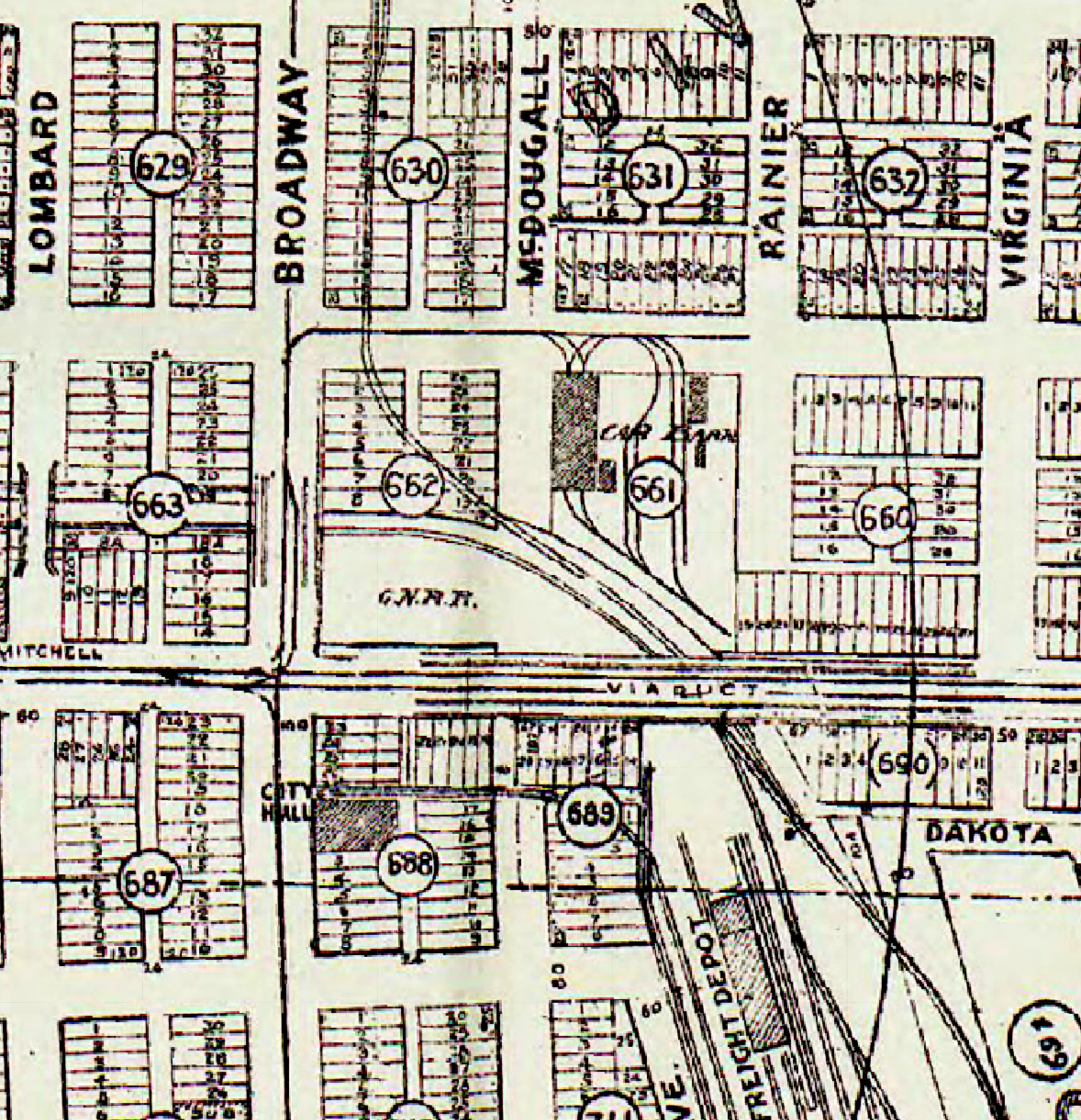

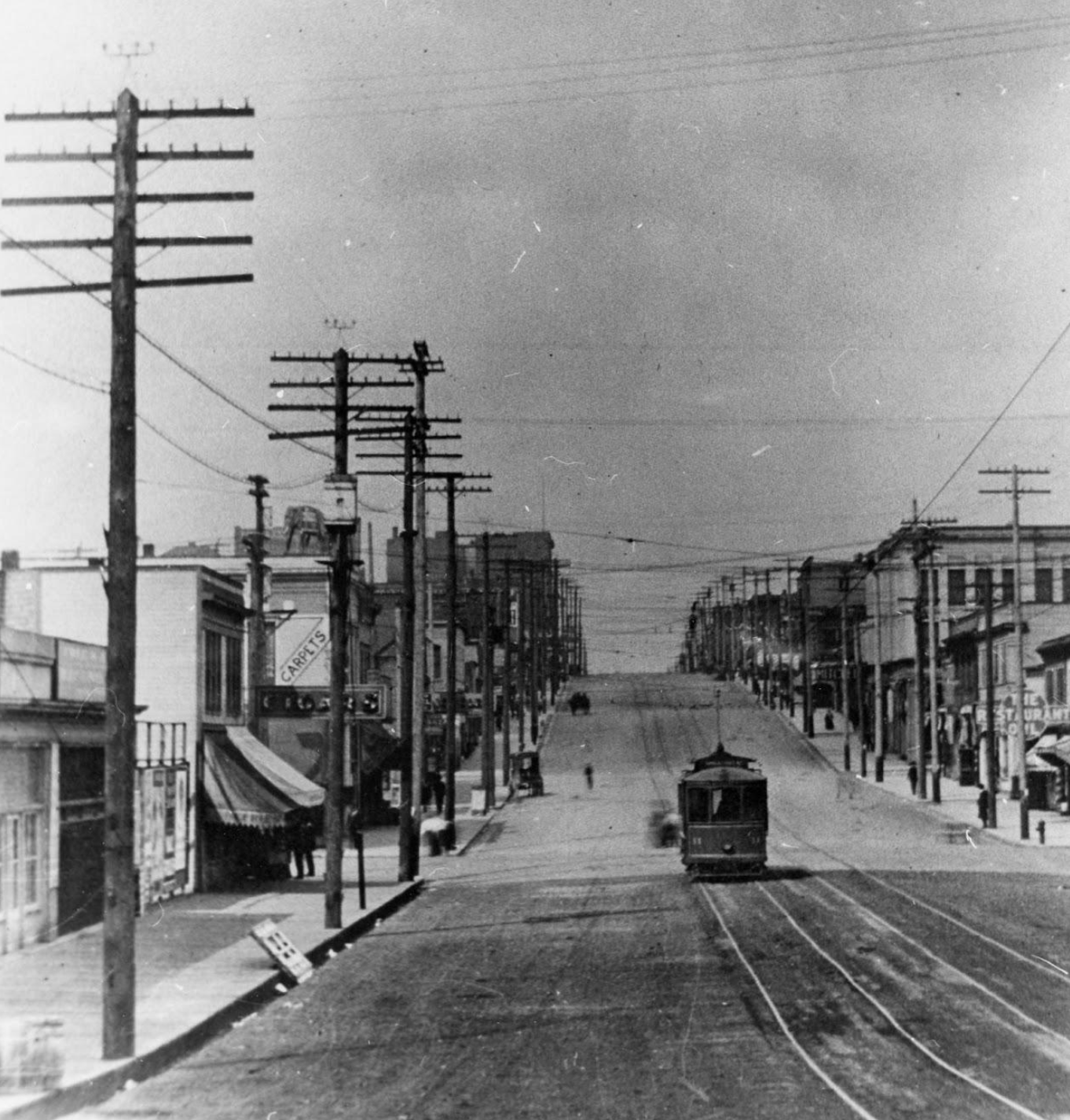

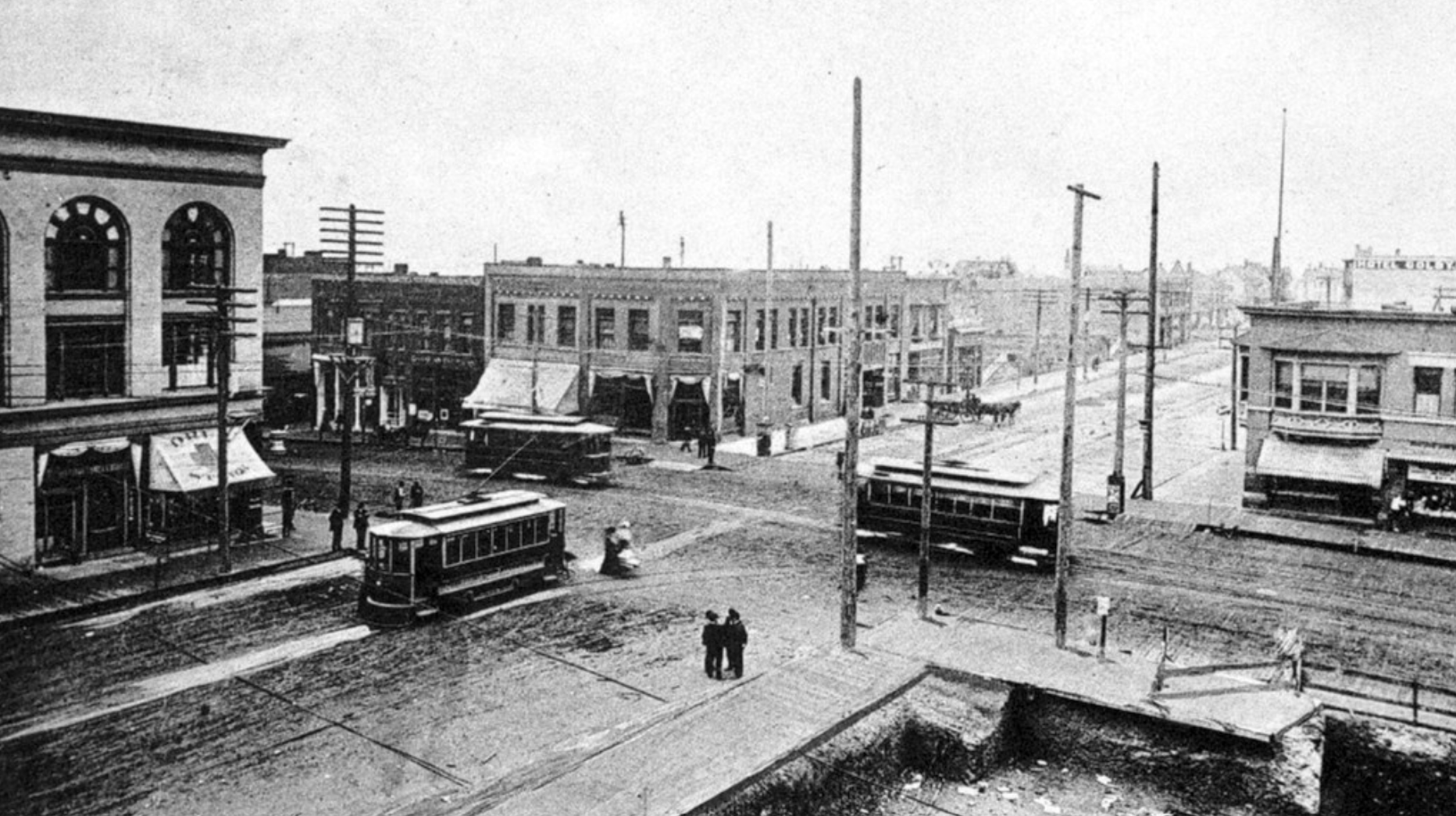
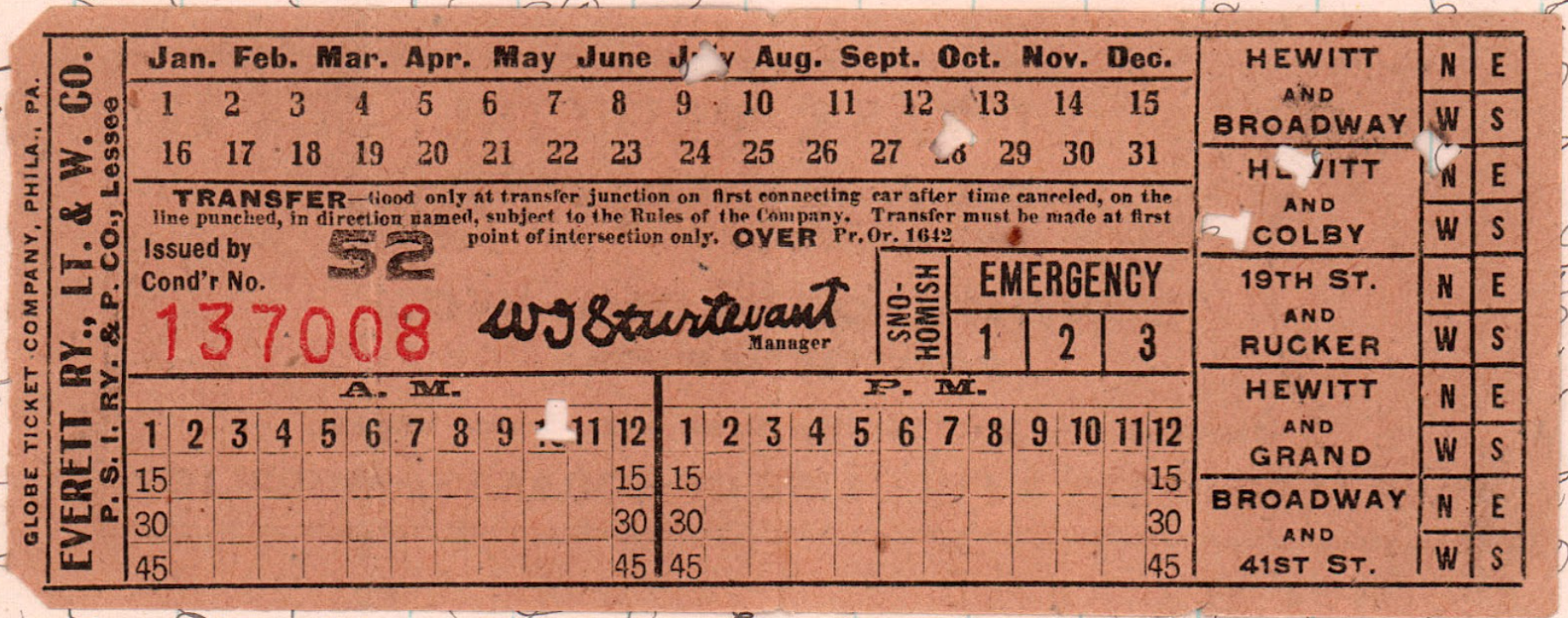
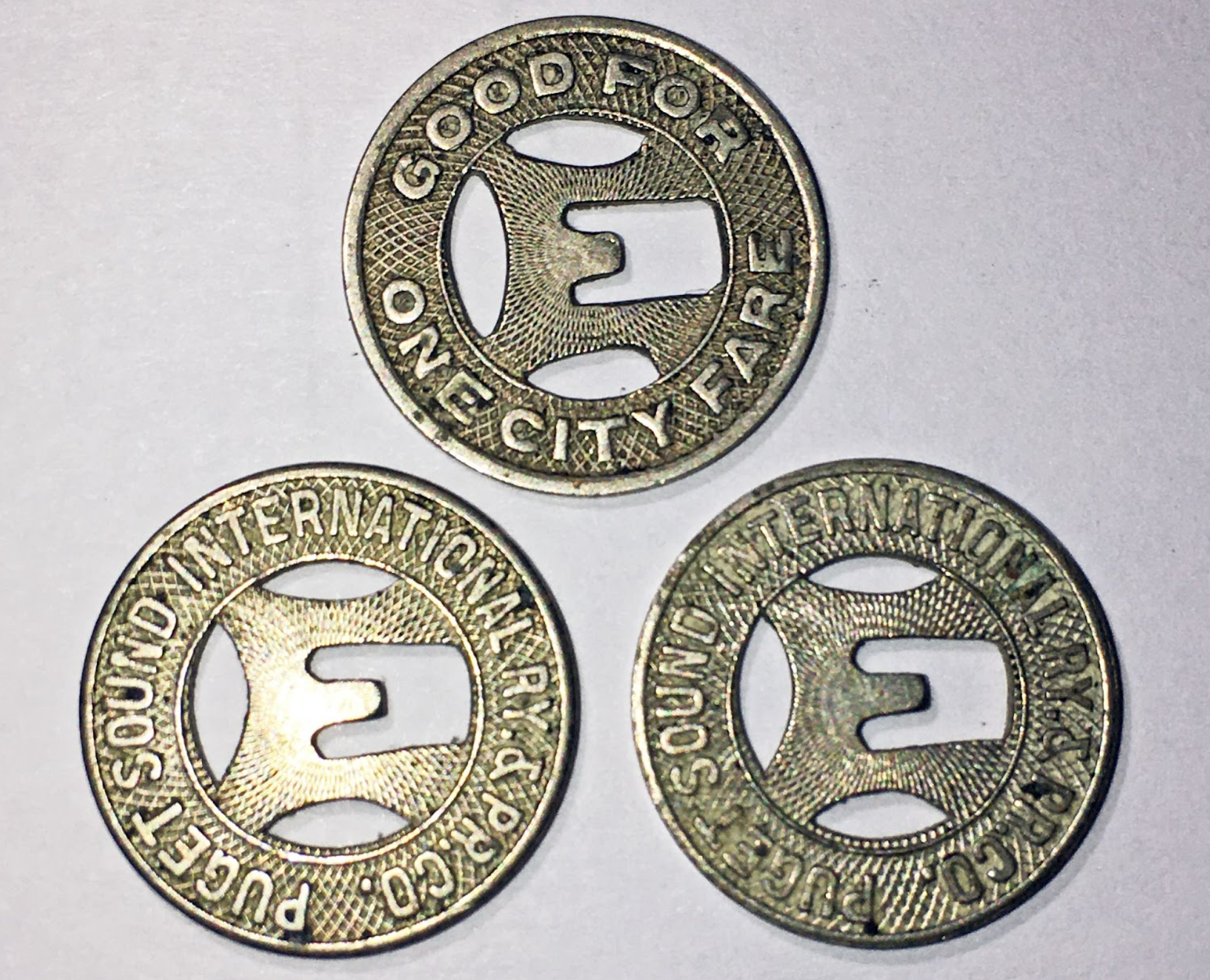
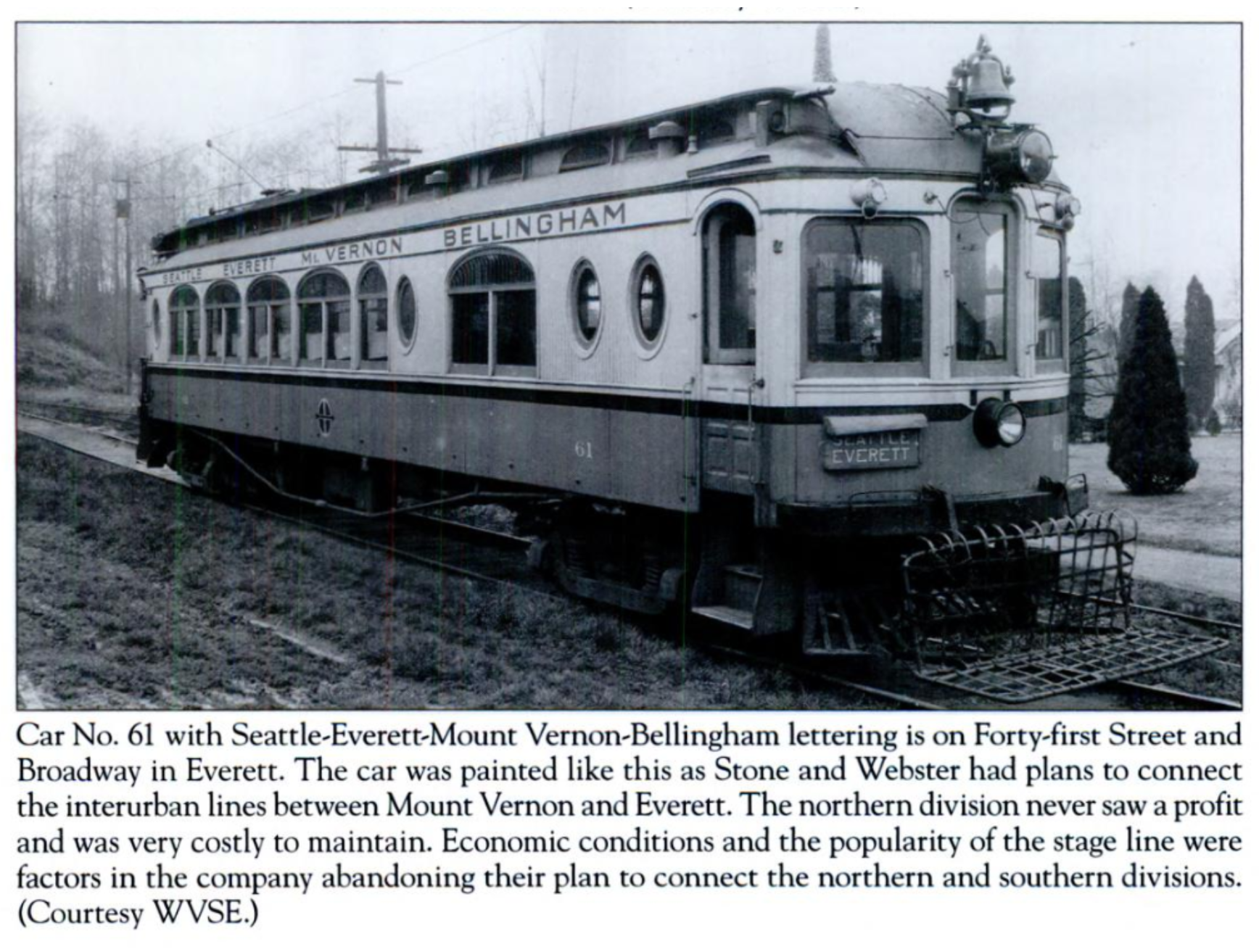
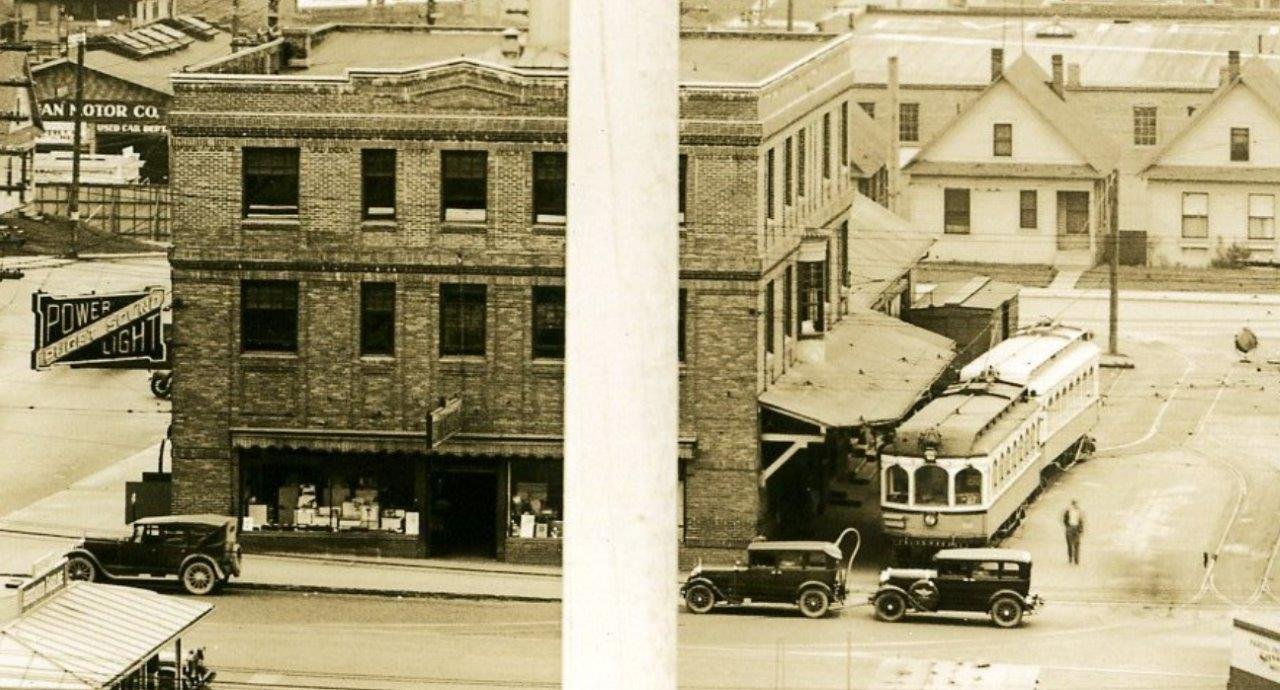
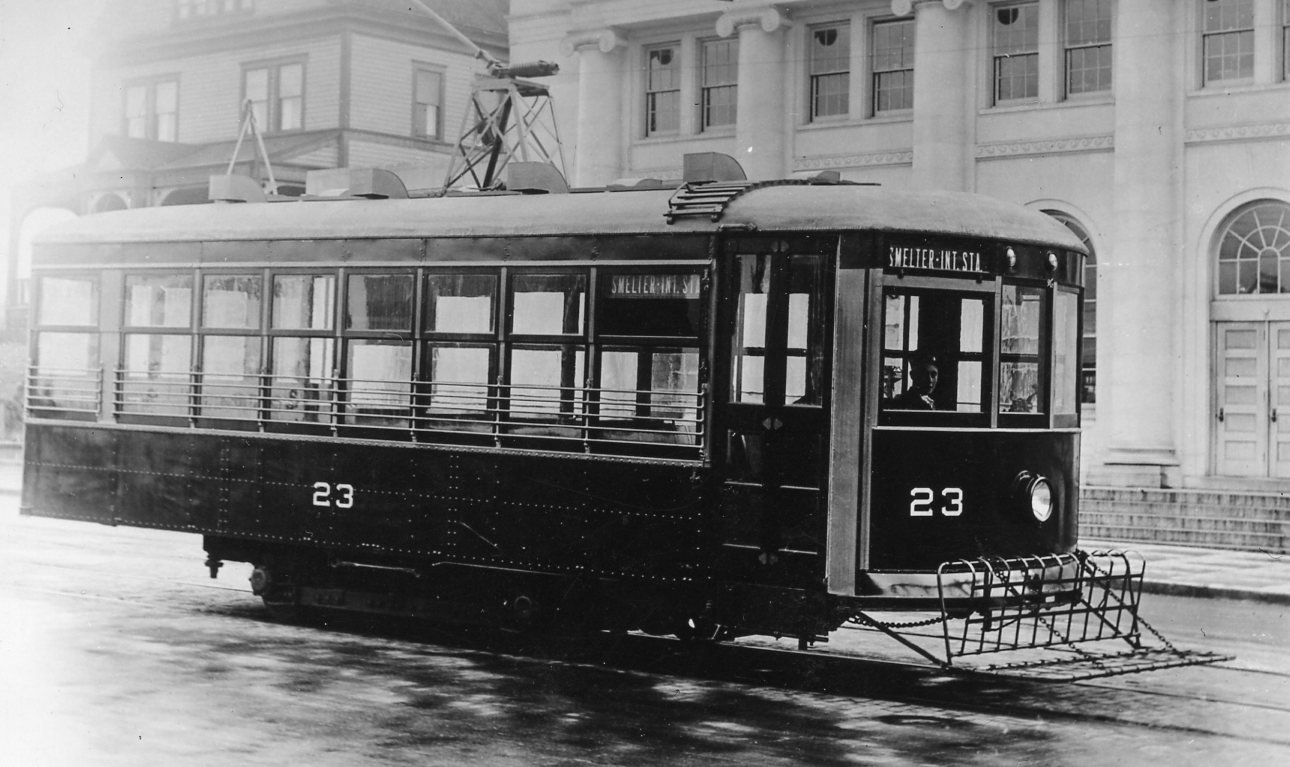
The Transition to Buses
The reason the City of Everett transitioned away from its streetcar system and tore up its rail tracks in favor of buses is a complicated story. I will provide a summary here, but in my opinion the best description is by Karen Redfield and Gail Chism in their book, 150 Years of Lowell History, on pages 74 and 75.
One of the first bus lines filled the gap in the Interurban between Everett and Mount Vernon. There were interurban passenger rail lines for Seattle to Everett (Southern Division) and Mount Vernon to Bellingham (Northern Division), but nothing in between. There had been plans to add Interurban tracks to connect the Everett and Mt. Vernon terminals, but that never materialized due to several factors, including the need to build a bridge over the Snohomish River, construction costs and likely low profitability.
Instead of connecting with rail, the Interurban company (PNTC) operated a bus to connect Everett with Mount Vernon. In total, the 100-mile trip from Seattle to Bellingham took four hours. The bus proved to be popular, with ridership doubling in the first year. Based on this success, PNTC expressed a desire to diversify transit options in Everett and start operating bus service in the city.
The Snohomish-Everett Interurban ended in 1921 when a flood destroyed the tracks.
In October 1922, the Everett City Council entered into an agreement with Puget Sound Light & Power to end its existing streetcar system and allow the company to operate eight buses (17 buses in 2023). The buses began operation within the next two months.
Even after the Puget Sound Light & Power started operating buses, two streetcar lines remained: one line to Weyerehaeuser’s mills B & C near the mouth of the Snohomish River in the Delta neighborhood and the other line to the Lowell neighborhood. The Lowell streetcar line operated until 1924 when another flood wiped out a key bridge.
The Seattle-Everett Interurban kept going until February 20, 1939. People came out to see the last run of it and the 50-Piece Veterans of Foreign Wars Band gave it a farewell salute.
In the Everett Station District:
from Everett City Lines to Everett Transit
The privately run bus system, became known as “Everett City Lines.” Downtown Everett, near Colby Ave & Hewitt Ave, served as the main hub for the transit system.
The original maintenance facility was located at McDougall Ave & Wall Street, where Rosen Plumbing is located today — in fact, it’s the same building. The City of Everett purchased the property from Everett City Lines in 1961 for the City’s sewer department.
In the 1960s, Everett City Lines fell on hard financial times. In 1969, Everett voters voted to make the bus system publicly-owned, forming Everett Transit.
(Regional context of transit votes: King County voters failed to pass the Forward Thrust ballot measures in 1968 and 1970 that would have created a regional heavy rail system similar to the transit systems of Metro in Washington, D.C., BART in San Francisco Bay, and MARTA in Atlanta.)
The maintenance facility eventually shifted to its current location of the block surrounded by 32nd Street, Hill Avenue, 33rd Street, and Pine Street.
With the opening of Everett Station in February 2002, the hub of the transit system also shifted from Downtown Everett to the Everett Station District. The new station created a central hub for Everett Transit, Community Transit, Sound Transit express buses, Amtrak, and Greyhound.
Today, Everett Transit operates 42 fixed-route buses on 10 routes, and 29 paratransit vans.

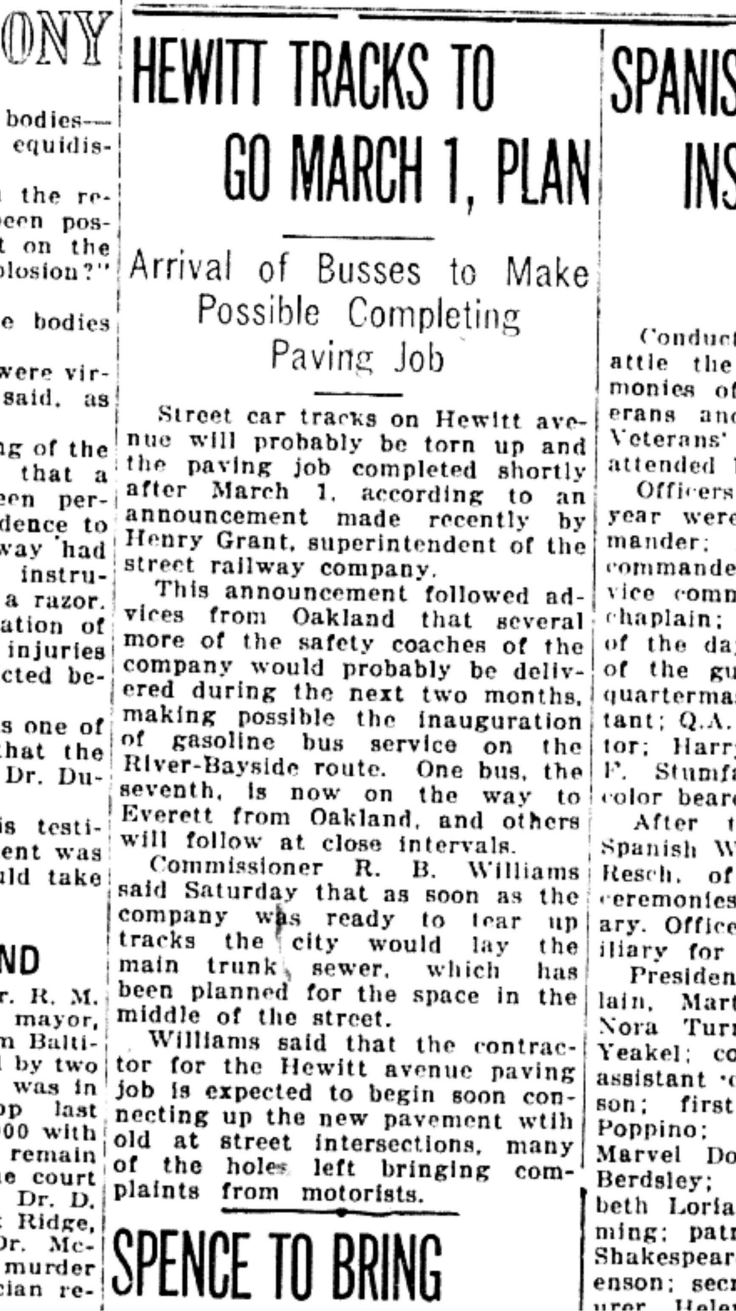
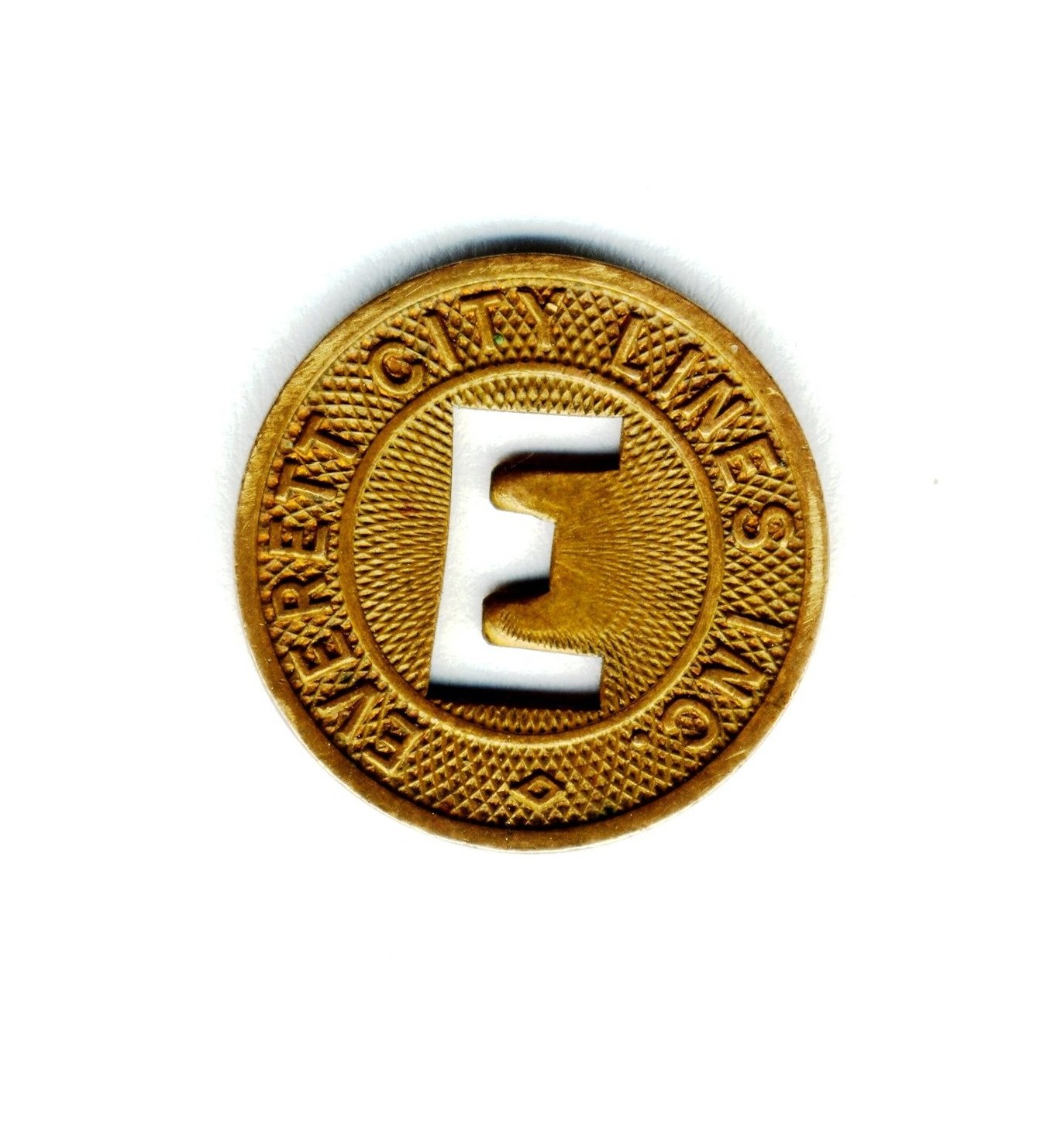
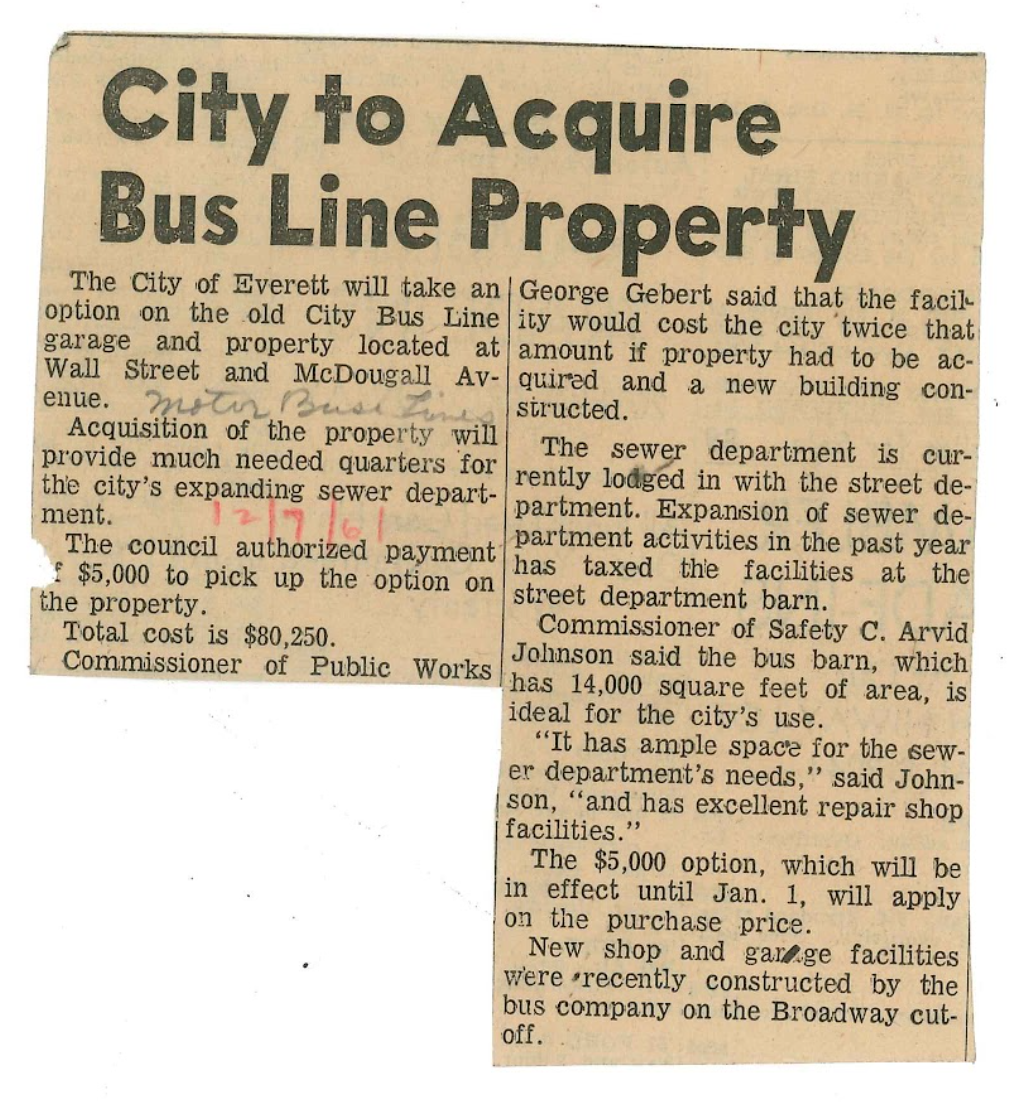
History Repeats
Transit Electrification
Everett Transit has received national recognition for its work in converting its bus fleet to zero emission electric buses. Innovative charging systems like inductive charging are used as well, where a bus can charge through electro-magnetism.
The electrification of Everett Transit’s buses is reminiscent of the electric streetcars of the past. In fact, Everett Transit is using electricity from a descendent company (Snohomish PUD) of the company the operated the streetcars — Puget Sound Traction, Light, & Water Co.
You can read more about the Everett Transit’s electrification efforts Zero-Emission Fleet Transition Plan (PDF) and more about its bus fleet here.
The Interurban Returns?
Sound Transit restarted transit service between Seattle and Everett in September 1999 with its express buses on I-5.
In 2003 the agency brought regional intercity rail service back to Everett with the Sounder train, which runs along the Puget Sound, connecting Seattle, Edmonds, Mukilteo, and Everett where it terminates at Everett Station.
In 2016, regional voters approved the ST3 ballot measure, funding Link light rail to arrive from Lynnwood to Everett by 2036. Due to financial challenges, the light rail extension now has a target completion date of 2037 but is projected to only have enough funding to complete it to Everett Station in 2041. Sound Transit is currently conducting an alternatives analysis as part of an environmental impact study for the Everett Link Extension project.
Additional sources
Lisa Labovitch, “Everett’s Streetcars,” HistoryLink (Dec. 11, 2019).
Feliks Banel, “Everett Was the First to Bury its Streetcars,” My Northwest (April 11, 2018).
Frederick Bird, “The Seattle-Everett Interurban Railway, 1910-1939: 29 miles over 29 years,” Snohomish County History Series, (May 2000).
Edward P. Bush, “Design of the New Power Plant and System of the Everett Railway & Electric Co.” Street Railway Review (May 20, 1903), page 267.

